What Is a Thyroid Eye Disease?
Thyroid eye disease is an autoimmune condition, meaning the body’s own immune system mistakenly attacks healthy tissue around the eyes. This causes inflammation, swelling, and bulging of the eyes.
It often happens in people with thyroid problems such as Graves’ disease or hyperthyroidism, but it can also occur in people who have no thyroid disease. The severity and symptoms vary from person to person.
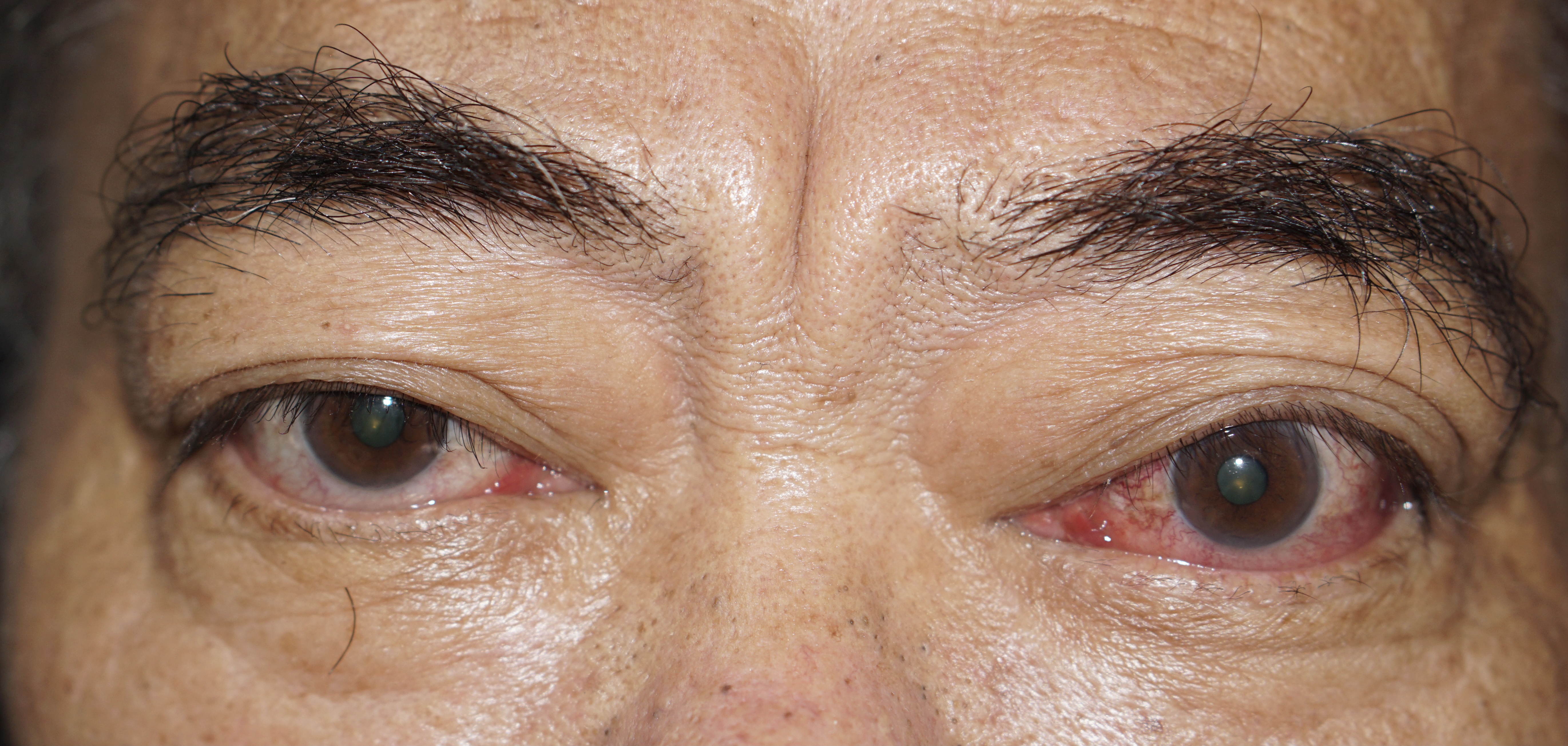
Common Symptoms
- Bulging or protruding eyes
- Redness, irritation, or tearing
- Swelling around the eyes and eyelids
- Pain or pressure behind the eyes
- Double vision or restricted eye movement
- Eyelid retraction (upper lid pulled up too high)
- Light sensitivity
- Vision changes or, in severe cases, vision loss
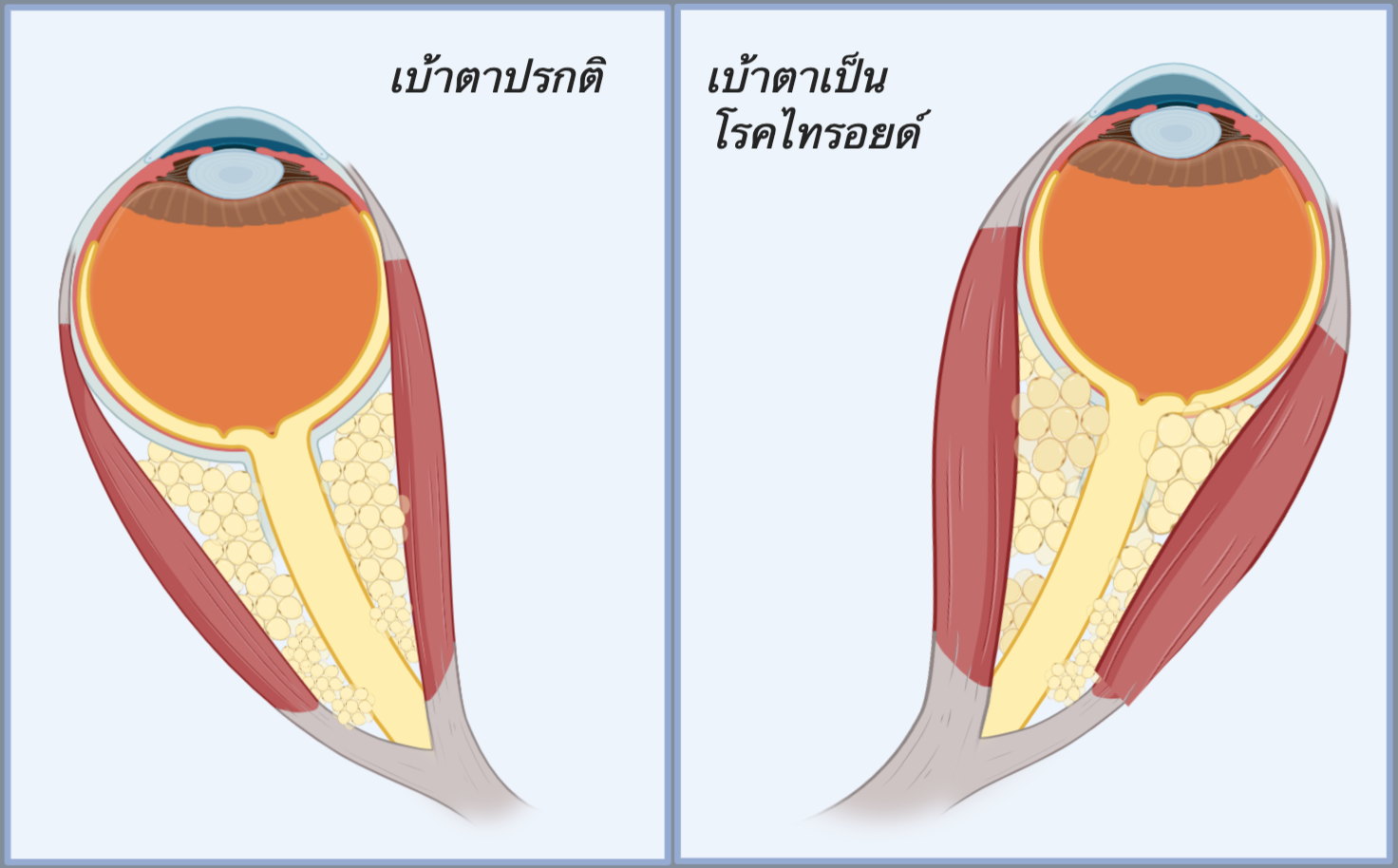
Phases of the Disease
Thyroid eye disease usually goes through two phases:
- Active (Inflammatory) Phase
- Lasts about 6 months to 2 years
- Inflammation and symptoms are more intense and may change over time
- Stable Phase
- The inflammation settles
- Some problems improve, but issues such as bulging eyes or double vision may persist

Treatment Options
In the Active Phase
- Lubricating eye drops for dryness
- Wrap-around sunglasses for light sensitivity and protection
- Sleeping with the head elevated to reduce swelling
- Anti-inflammatory medicines or steroids
- Newer targeted medications that may reduce swelling and eye bulging
- Rarely, urgent surgery if vision is threatened
In the Stable Phase
If symptoms remain, surgery may help improve both function and appearance. The sequence is usually:
- Orbital decompression surgery – removes bone or fat behind the eye to relieve pressure and reduce bulging
- Eye muscle surgery – repositions muscles to correct double vision (often done by a strabismus specialist)
- Eyelid surgery – adjusts eyelid position to protect the eye and restore appearance
Not every patient needs all three steps, but if performed, they are generally done in this order.
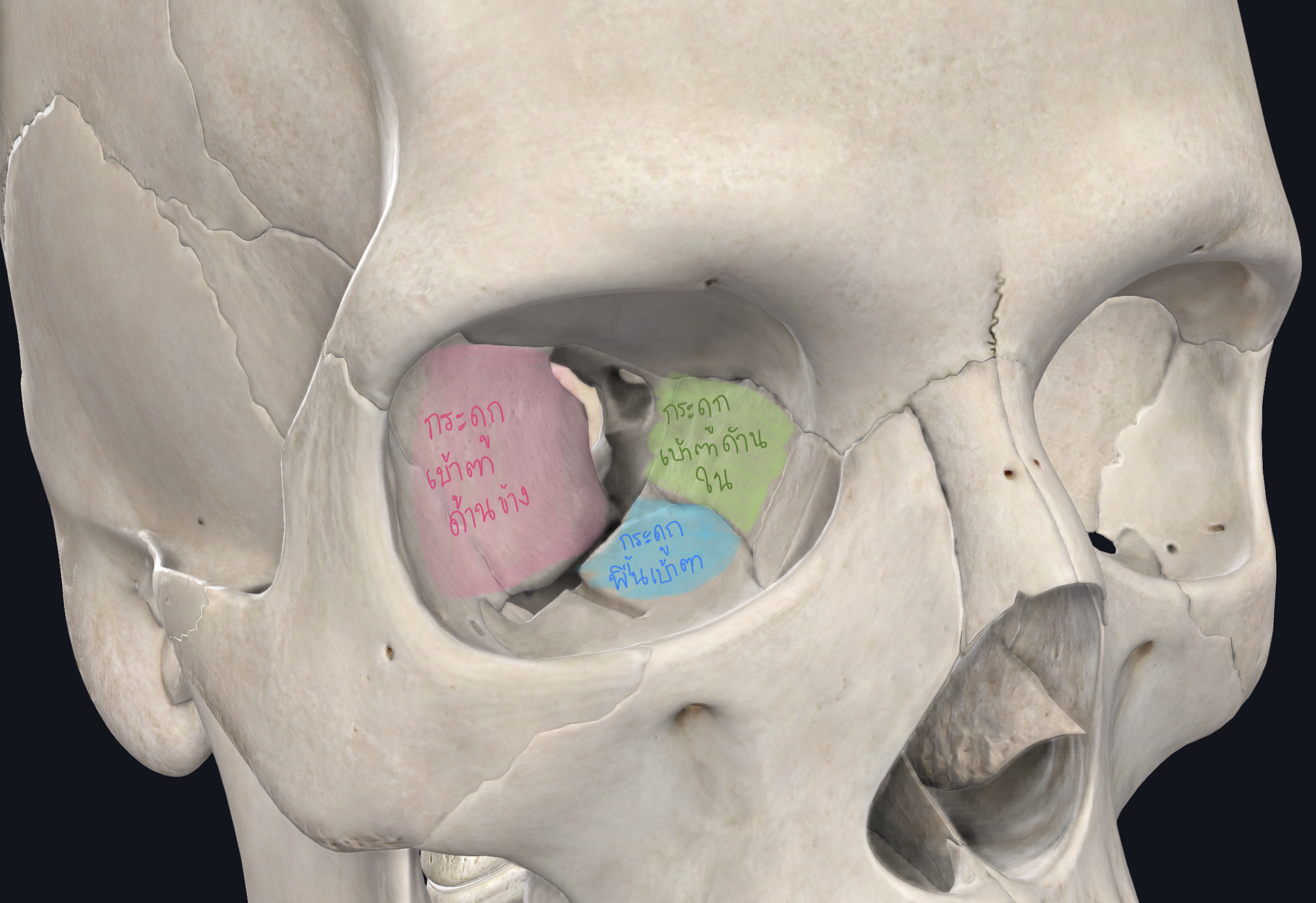
Risks and Considerations
All surgeries carry some risks, including:
- Swelling and bruising (temporary)
- Bleeding, infection, or scarring (rare)
- Changes in eyelid position, double vision, or vision changes
- Sometimes additional treatment is needed
Patients taking blood thinners should let their doctor know, as this may increase bleeding risks.

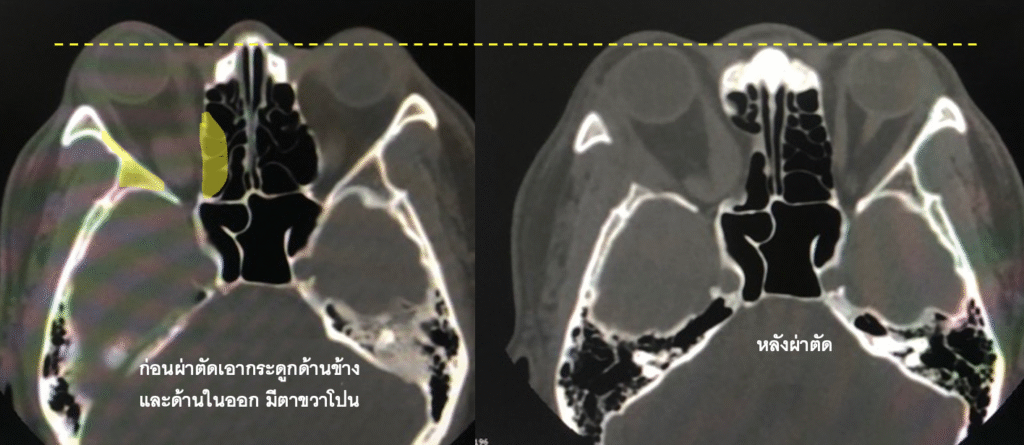

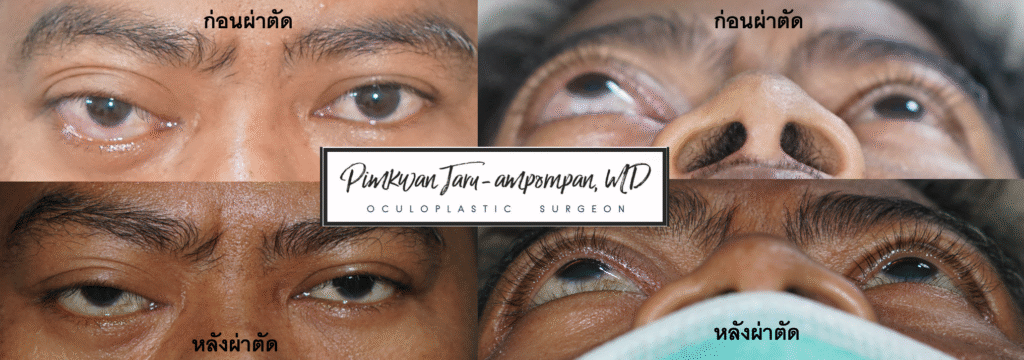
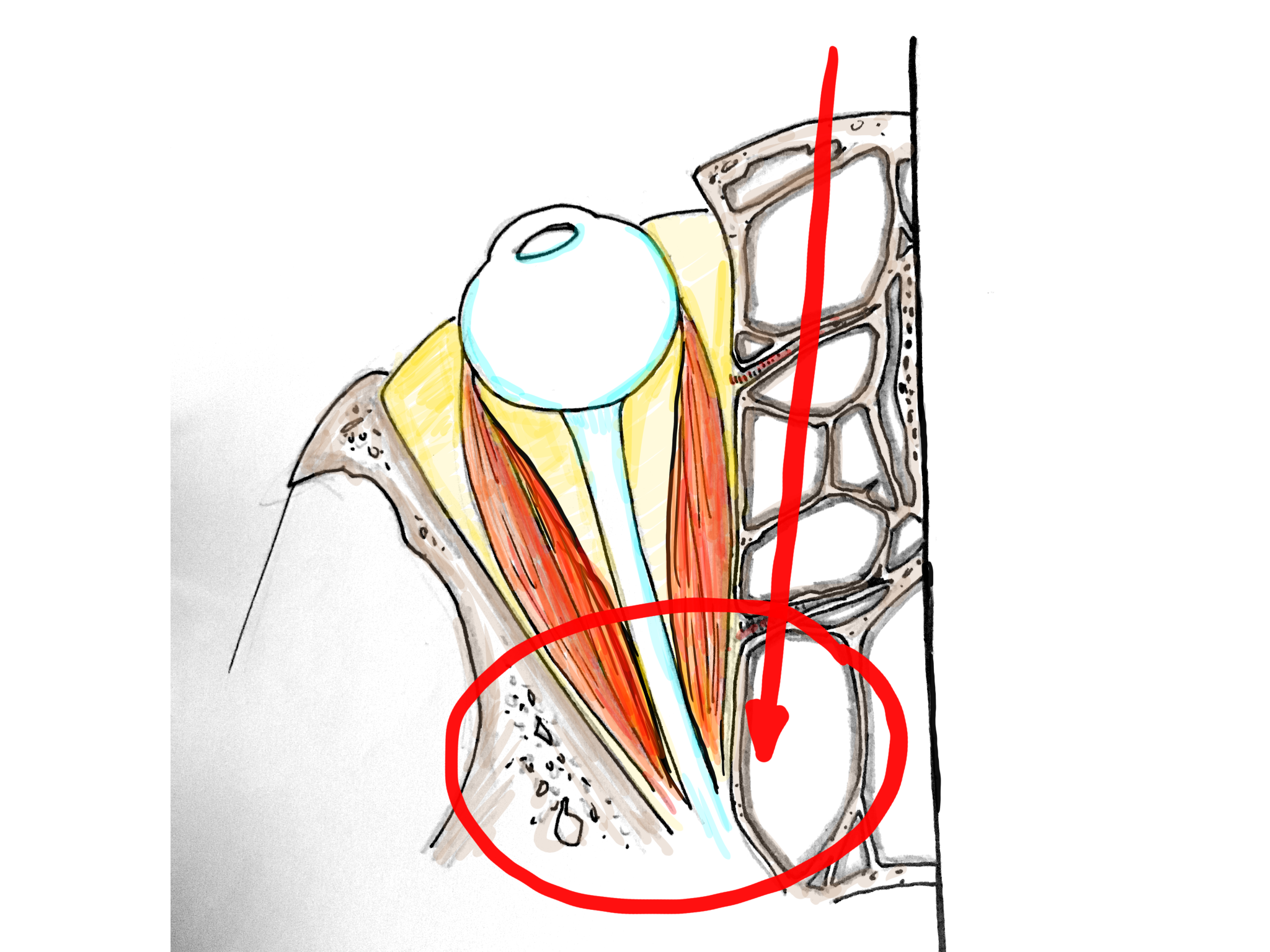
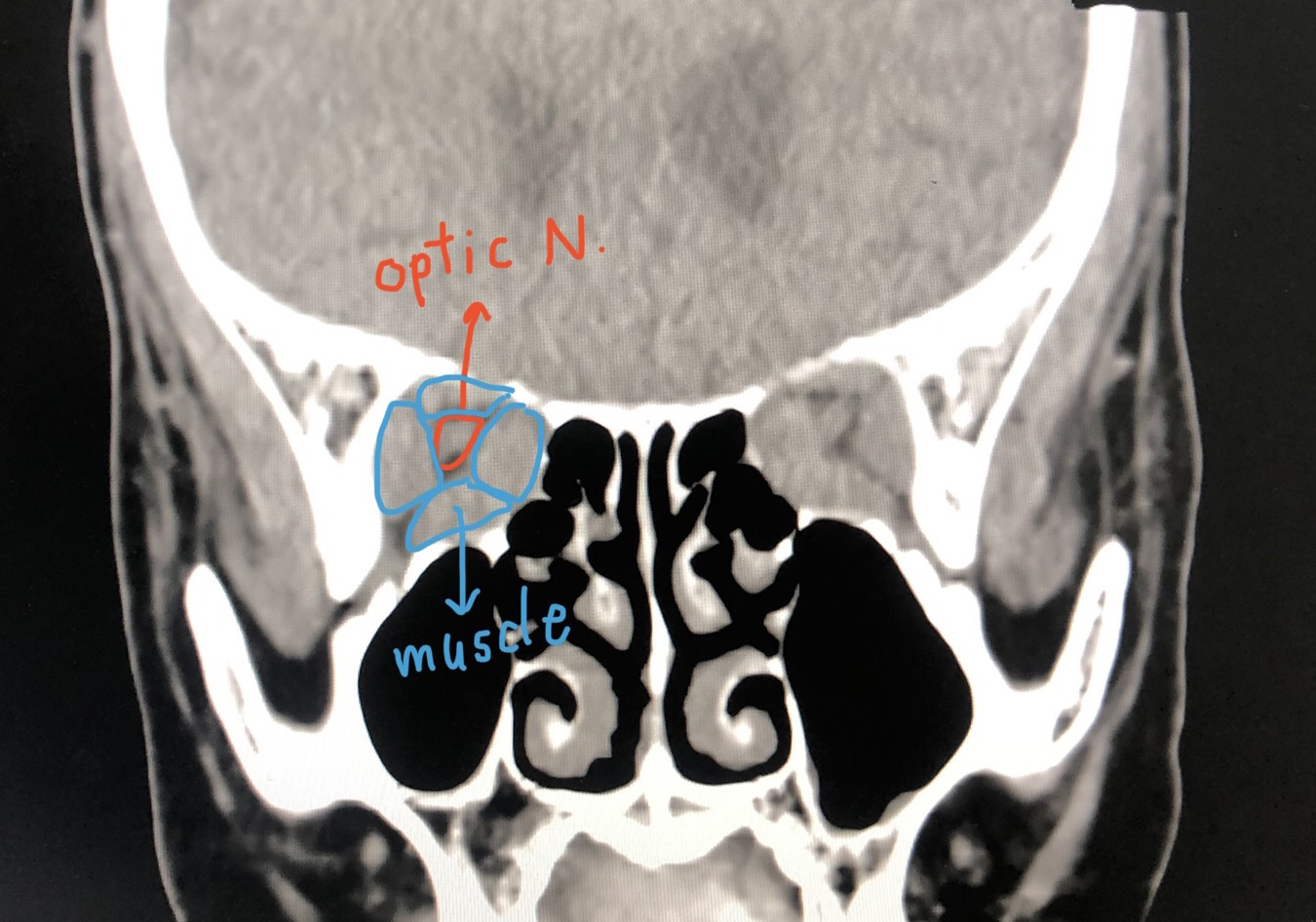
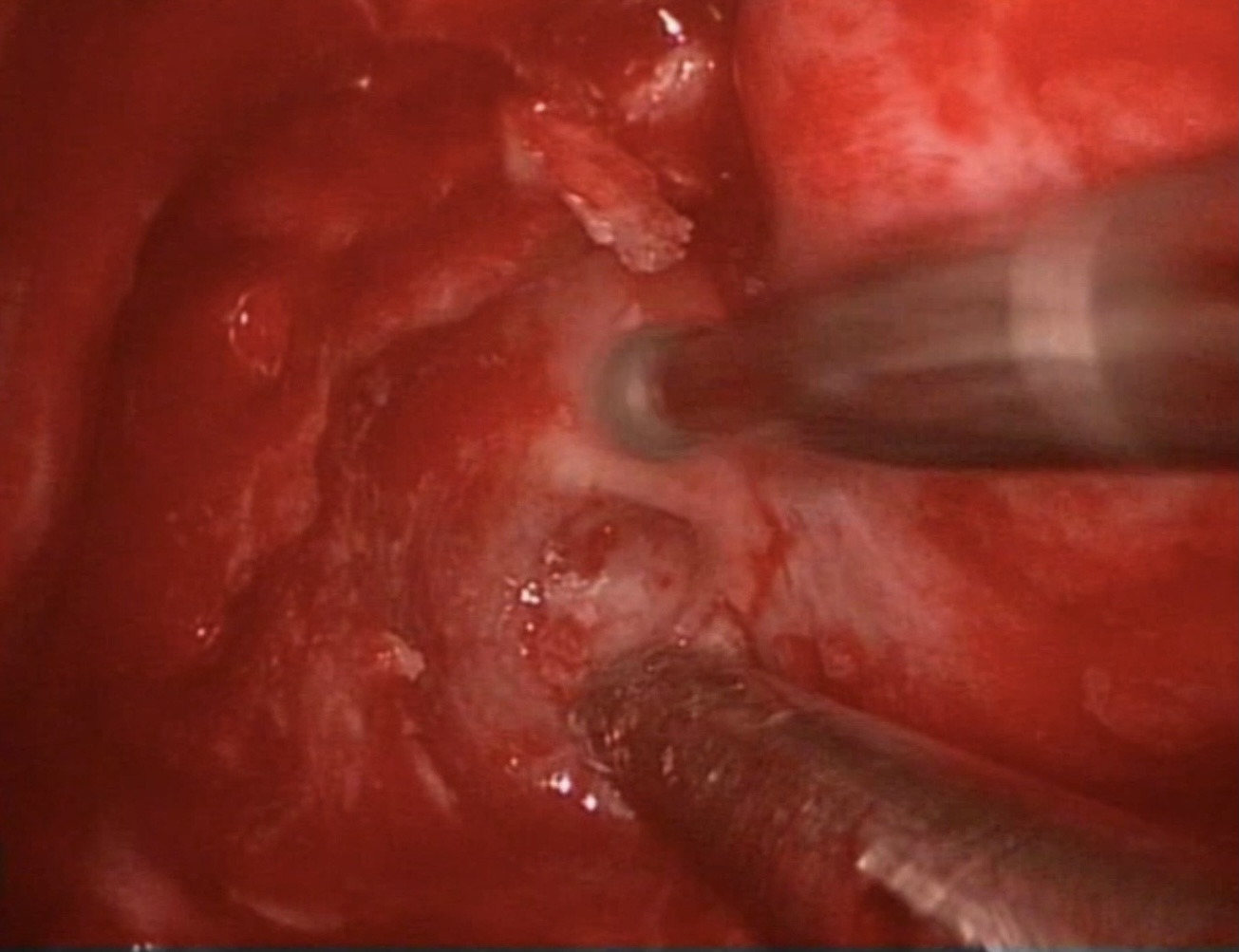
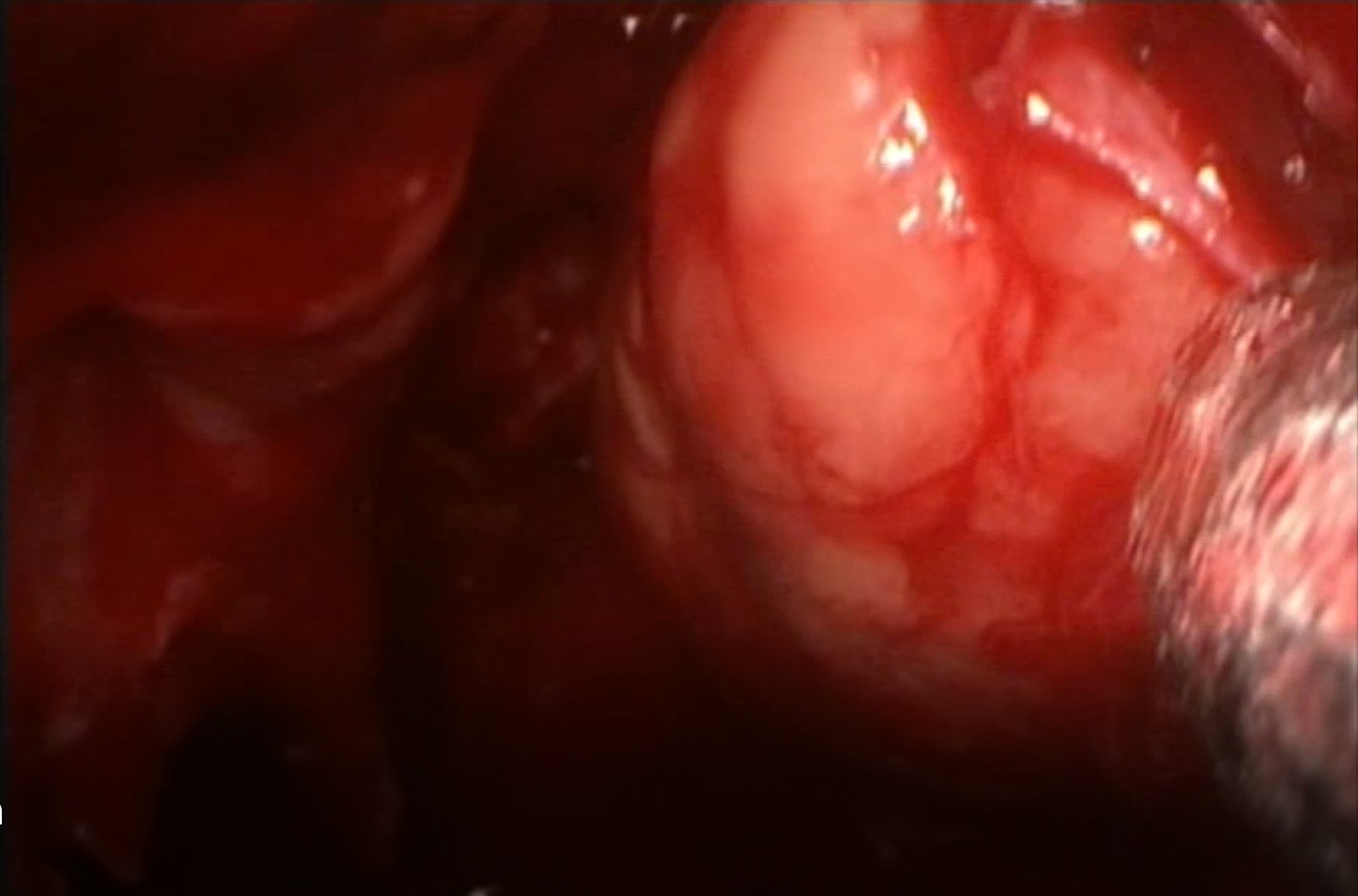
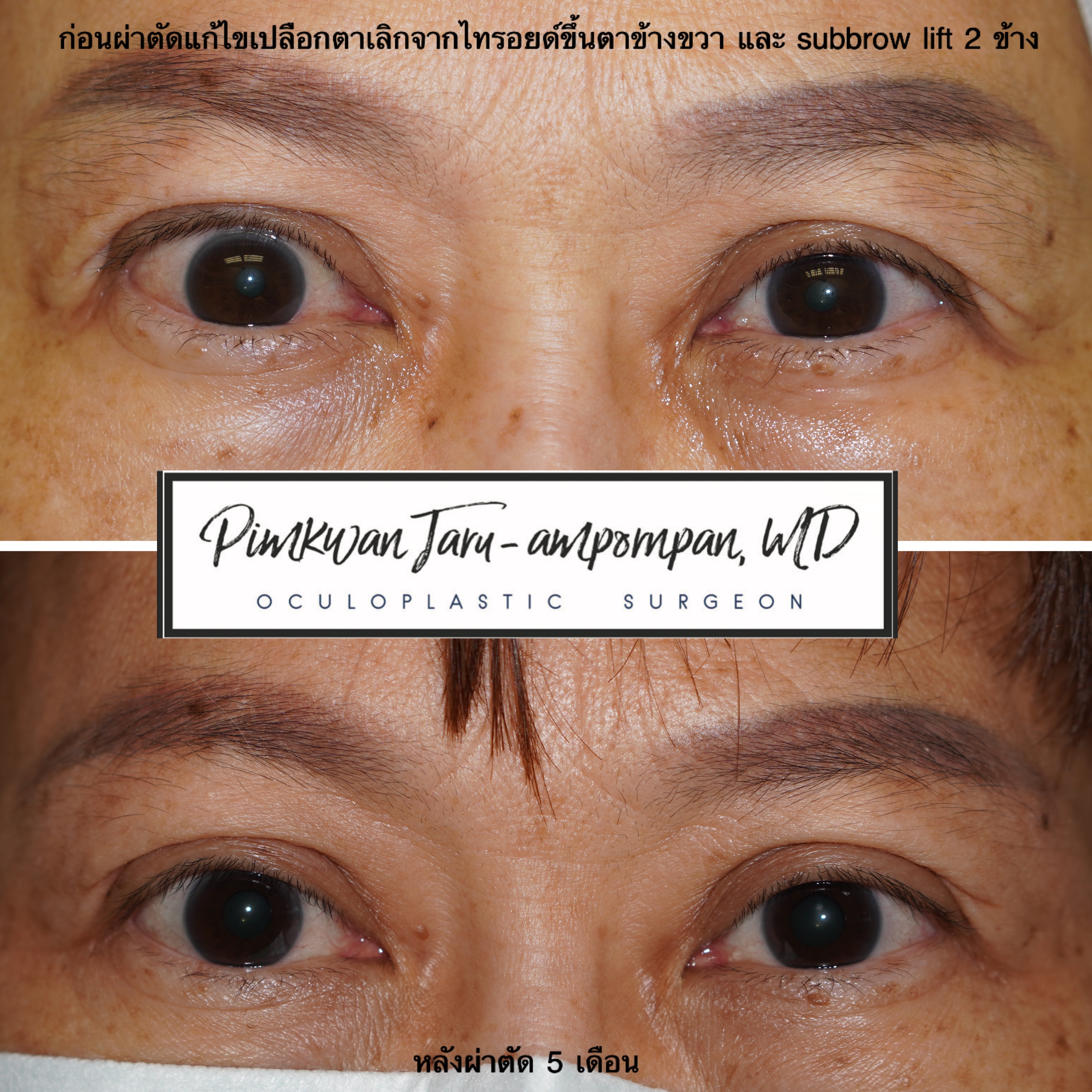
Summary
Thyroid eye disease can affect both vision and appearance, causing discomfort and functional problems. With careful monitoring and tailored treatment, most patients experience significant improvement in eye comfort, function, and appearance.
Your oculoplastic surgeon will guide you through the best treatment options for your specific case.
Pimkwan Jaru-ampornpan, MD
Assistant Professor and Chief of Oculoplastic Service, Department of Ophthalmology, Faculty of Medicine Siriraj Hospital, Mahidol University


